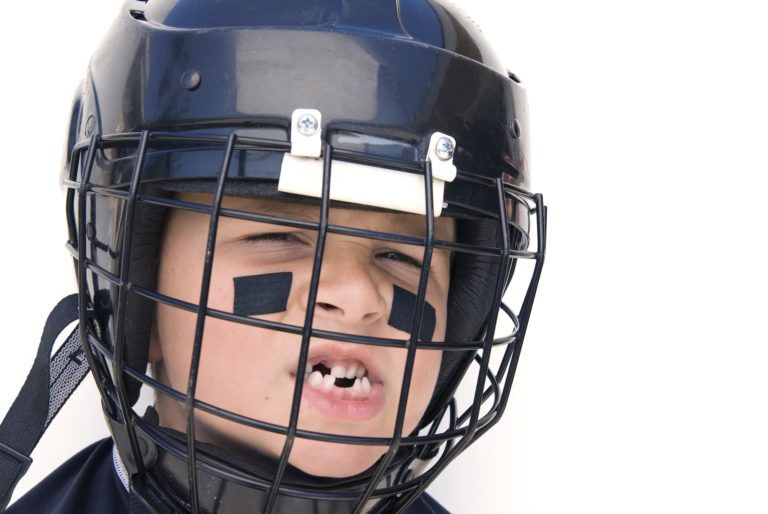Botox® Neurotoxin & Fillers for Non-Surgical Rejuvenation & Facial Aesthetic
If you seek a refreshed, youthful appearance, you can benefit from neurotoxins like Botox® Neurotoxin and Fillers, two widely used effective and safe non-surgical cosmetic procedures in both the short and long-term.
Are Botox® Neurotoxin and Filler the same treatment?
No, these are different substances and types of treatments and work in different ways for different problems. They can be performed alone or combined in one treatment. A cosmetic counselor/specialist would be able to tell you what combination you could benefit from.
How can Botox® Neurotoxin and Fillers help?
Botox®, a trade name for medically refined Botulinum neurotoxin from a bacterial, and fillers, can be either be used alone or in combination, offers an excellent approach to minimally invasive rejuvenation of the face. Some other brand names of the Botulinum toxin are Dysport®, and Xeomin®, and Neucieva.
Aging skin causes decreased subcutaneous tissue and elasticity, thinning of the dermis, and loss of natural fat pads. All those changes lead to wrinkles (static or dynamic wrinkle) and creases. Furthermore, facial muscle movement and contractions also contribute to new wrinkles and creases in facial skin which are called “dynamic wrinkles” or “expression lines”.
Doctor’s office based non-surgical cosmetic procedures address those changes and therefore have become very popular during the last decades. Botox® injection reduces muscle contractions and movements to reduce lines and wrinkles, and fillers that can replace volume and leave you with a smoother skin surface. They can be used to replace lost or misplaced fat pads to recounter the aging face, improve lip shape or size, crow’s feet, creases around the mouth, frown lines, dark circles below the eyes to the cheek.
What is the role of the Ophthalmologist?
Both of these products were developed by ophthalmologists and/or for ophthalmic purposes. For over 20 years, ophthalmologists have been using Botox® to treat a variety of eye conditions.
Moreover, the periocular area (the area around the eye) is very thin and delicate, particularly vulnerable to aging effects. Eyelid skin is in particular the thinnest skin of the body without much or any underlying fat. Continuous tension from the muscles around the eye that lead to further wrinkles to develop. Therefore, the eye area are one of the first regions of the body to show signs of aging with rhytids(wrinkles) and subcutaneous volume loss, like “crows feet” or “frown lines”.
What is Botox®?
Botox® is a naturally occurring substance derivate from the Clostridium botulinum bacterium toxin. It acts by causing temporary muscle paralysis for about 3-4 months. It is the most common cosmetic treatment in North America.
How does Botox® work?
Botox®’s temporary muscle paralyzing effect is used in a controlled manner to improve frown lines between the brows, crows feet at the corner of the eyes, horizontal lines in the forehead and eyebrow’s height and shape, and the forehead rhytids. The clinical effects generally last between 3 and 6 months.
How is Botox® administered?
Before the treatment, a careful esthetic plan will be made. Patients’ expectations and preferences are part of the treatment plan, but physicians consider many other aspects like appropriateness and medical safety. No area of the face is isolated, and muscles do not act stand-alone. They have complex interactions. For example, after the treatment of crow’s feet, eyebrow shape can also be affected. Another example is a combination of Botox to paralyze the muscle and filler to fill in deep skin crevices. Therefore, this effect should be considered in the treatment plan. Establishing realistic expectations for the outcome is also an essential point in the planning processes.
Botox® is injected with a tiny needle into the superficial muscles causing the wrinkles. A local anesthesia is usually not required, however, if needed the doctor can numb the injection site if you feel any discomfort. The injection takes only a few seconds and patients can resume your routine immediately. Temporary Bleeding and swelling is unusual. Desired effects can be seen starting from the second and third days, and full results will be evident after one week of the injection.
What are dermal fillers?
Dermal fillers are a group of the injectable soft, gel-like medical products. They are injected under the skin to add volume to tissues. Various dermal fillers with different features like bovine collagen, hyaluronic acid, silicon and polymethylmethacrylate (PMMA with collagen), and synthetic microspheres. They can be classified based on the source such as autologous, biological, or synthetic, or based on the duration of effect like short, medium, long, or reversibility.
The most frequently used filler is hyaluronic acid (HA) (brand names are Juvéderm®, Restylane®, Hydrilla®, Pearlene®, and Redensity) is a naturally occurring biopolymer, glycosaminoglycan. It is already present in human skin. HA is highly hydrophilic and, therefore, occupy a considerable volume relative to its mass. Advantages of are longer duration (6–12 months compared with 2–4 months of collagen), no need for skin testing, fewer allergic side effects, and better pliability. HA can be dissolved by a special solution in case of an adverse event or dislike of the appearance. Different hyaluronate fillers have different properties, for example, some clump together and can attract more water/hydration, and some are softer without the “lumpy“ feeling. At FVCL we prefer using Redensity and Boletero fillers.
How are facial fillers administered?
The physician will review your medical history and note any medications you take. Some medicines, like non-steroidal anti-inflammatory drugs, could be stopped before the treatment, but are not always necessary. The only absolute contraindication is the known allergy to a particular filler. The physician will inject the filler with a tiny needle into the treatment area, usually administering the local anesthesia crème or using ice to avoid any discomfort. Temporary swelling is more frequent during the first 24 hours. Cold compress or ice will help. Patients should avoid vigorous physical activity and be advised to sleep with head elevated for one night.
The effect is usually immediate and lasts 12 months with hyaluronic acid. The result of collagen is shorter, whereas synthetic materials last longer.
What is the reason for using Botox® Neurotoxin and Fillers together?
Although neurotoxins in isolation may be sufficient to ease dynamic rhytids in younger patients, it is often insufficient to address static changes caused by volume loss in the dermis and underlying soft tissue. Thus, in combination with dermal fillers, botulinum toxin is an excellent option for non-invasive rejuvenation in patients with deep, static rhytids. The combination is quite powerful for a more enhanced cosmetic effect for patients.
Are Botox® Neurotoxin and Fillers safe?
Both procedures are widely used, and among the safest cosmetic procedures in use today, severe complications are uncommon.
The side effects and complications of Botox® can include:
• Temporary bruising or redness at the injection site
• Transient pain at the injection site
• Dry eye and mouth
• Flu-like symptoms for the first 24 hours
• Headache, usually ends in 24-48 hours
• Nausea
• Temporary facial weakness in nearby muscles such as eyelid drooping, only in a small percentage of people ends within three weeks. An eye drop can be prescribed to reduce this effect.
• It is very unlikely that the toxin might spread beyond the treatment area, causing botulism-like signs and symptoms such as breathing problems, trouble swallowing, muscle weakness, and slurred speech or drooping eyelid
Who should not get Botox®?
• Pregnant and breastfeeding women
• Patients with some neurological diseases
• known sensitivity or allergy to it
• Skin infection at the injection site
The side effects and complications of Fillers can include:
• Acne-like skin eruptions
• Asymmetry
• Bruising, bleeding from the injection site, swelling
• Damage to the skin that results in a wound and possible scarring
• Infection at the injection site
• Lumps and swelling, Palpability of the filler under the surface of the skin
Serious problems are rare but can include:
• infection
• the filler moving away from the intended treatment area, which may need to be removed using surgery
• scarring
• Skin rash with itching
• Skin redness
• Under- or over-correction of wrinkles
• Blindness (very rare with intra arterial injections near the eye)
• Skin necrosis (ulceration or loss of skin from disruption of blood flow)
Next Steps
Please book a free consultation with our cosmetic specialist to obtain more individual information about Botox® Neurotoxin and Fillers and other cosmetic treatments at FVCL. Our experienced physicians at FVCL offer a whole portfolio of cosmetic services such as upper and lower eyelid blepharoplasty, ptosis repair, eyelid reconstruction & repair, direct brow lift, and skin laser treatments.
We accept patients for both MSP and private cosmetic procedures.
Call us now at either location to get started!
Abbotsford
(604) 853-5575
abbyinfo@fvcl.ca
Surrey
(604) 372-3937
info@fvcl.ca
Click here to book a free virtual consultation
This blog is for general informational purposes only.
For specific medical questions, please consult your doctor.







